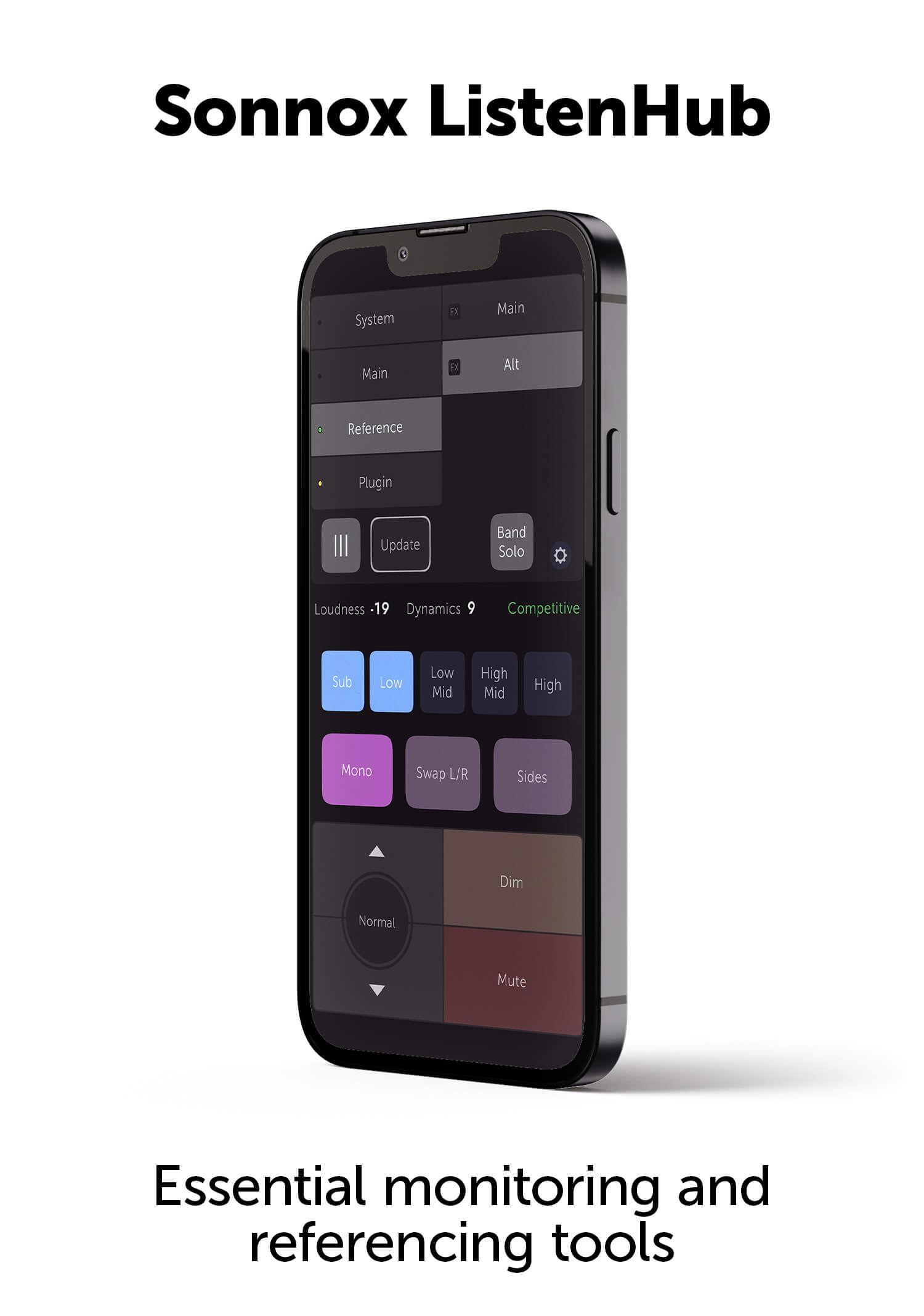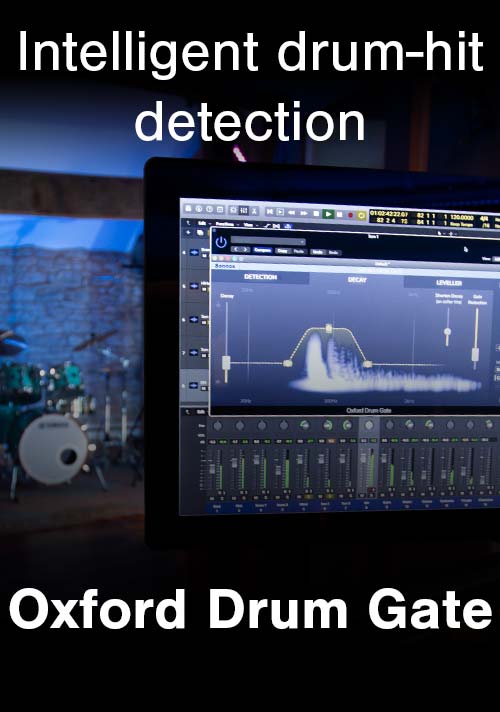Daniel Wyatt on Mastering Electronic Dance Music.
Daniel Wyatt is a multi-platinum, award winning recording and mastering engineer who has logged over 30 years in the pursuit of sonic perfection. His array of credits spans the genre roll from Norah Jones, Curtis Mayfield, Ol' Dirty Bastard, Blue Traveler, Mos Def and Ultra Records to many up and coming international artists. He has also served as senior instructor and course designer for SAE New York and Dubspot.com. We caught up with him recently to discuss one of his more recent specialties, mastering Electronic Dance Music (EDM).

Tell us about your approach to mastering EDM.
When it comes to EDM mastering, like it or not, loudness matters. The real challenge is to make it as loud as the current "good sounding" masters on Beatport. It's important to emphasize my personal commitment to making them "as loud" but not louder, to avoid directly contributing to the loudness war.
Loudness matters because human beings respond to the sheer energy of loud music in a live situation. After a few cocktails on a Saturday night in a club, partygoers will erupt with excitement when a really loud track drops. DJ's know this - so they tend to push their system output to the max to keep the energy up in the room. Once the DJ set is nearing its climax, the output is often pushed all the way past "11" - and only a louder master will have a more impactful entrance into the set. It's just the way it works. The reality is that with masters heading for Beatport, they need to be loud, but they still have to sound really good. There are many examples of this - Knife Party, Noisia, and Hardwell are all producers who can create exceptionally loud, yet very clean masters.
Do you prefer stereo or stem mixes?
Personally, I always push clients to opt for stem mastering over stereo mastering. With stereo, I am married to the construction of the mix - and while I have lots of tools to shape things, it's very hard for example, to brighten the kick or de-ess the lead synth, or widen the percussion. There are lots of good stereo mastering tools and tricks, but it's never my first choice. I love stem mastering.
When I have the stems, in whatever way they are delivered to me, I have incredible flexibility to rebalance the mix elements, side-chain the bass harder, cut low-end on the vocal, or finesse anything that I hear that would make an improvement. In my opinion, stem mastering is simply a much more creative and satisfying experience for both client and the engineer. Overall, it involves a lot of limiting (often serial), saturation, and de-essing - both on the final stereo output, and on the individual elements.
How do you incorporate your Sonnox plugins into this approach?
The first thing I turn to is the Inflator (Exciter Plugin). This plugin is sheer magic! It's as simple and elegant as it is powerful. To me, it's a very clean, single-flavor saturator that creates clean sonic density in a musically flattering way. For countless years there has only been one choice of 'saturator' on my stereo master - the Inflator.
Next is the SuprEsser. With all of the limiting and serial limiting that needs to happen to create EDM loudness, occasionally there's an excess build up and a concentration of energy in the mid-range. That's just an artifact of intensification of sound that happens with limiting. To fix that, I use subtle amounts of de-essing on the individual elements or stems, and a small amount of de-essing of the stereo output. The Oxford SuprEsser is the best designed, best sounding de-esser ever for mastering. The interface allows you to zoom in on exactly which band of sibilance is offending the ear, and then to surgically control that band, while preserving the good mid-range and high-end in the mix.
Then there's the Oxford Limiter (True Peak Limiter Plugin). For me what always separates the good single-band limiters from the great ones for EDM mastering is how the limiter retains the low-frequency dynamics while accomplishing extreme amounts of limiting. Many limiters can sound pretty good until you really start to push them - then you begin to hear crunchy distortion, or the low-end just disappears. One of the most impressive qualities of the Oxford Limiter is its ability to do a boatload of limiting without sacrificing the dynamics in the low-end. It can make things extremely loud with out distorting.
Mastering for EDM is a highly competitive business, and loudness really matters. Once we embrace that fact of life we turn to the tools that allow us to create a very loud, but clean and listenable master. My Sonnox plugins give me the richness, finesse, and power I need to keep me on the Beatport charts.
Interview and editorial provided by Rich Tozzoli




